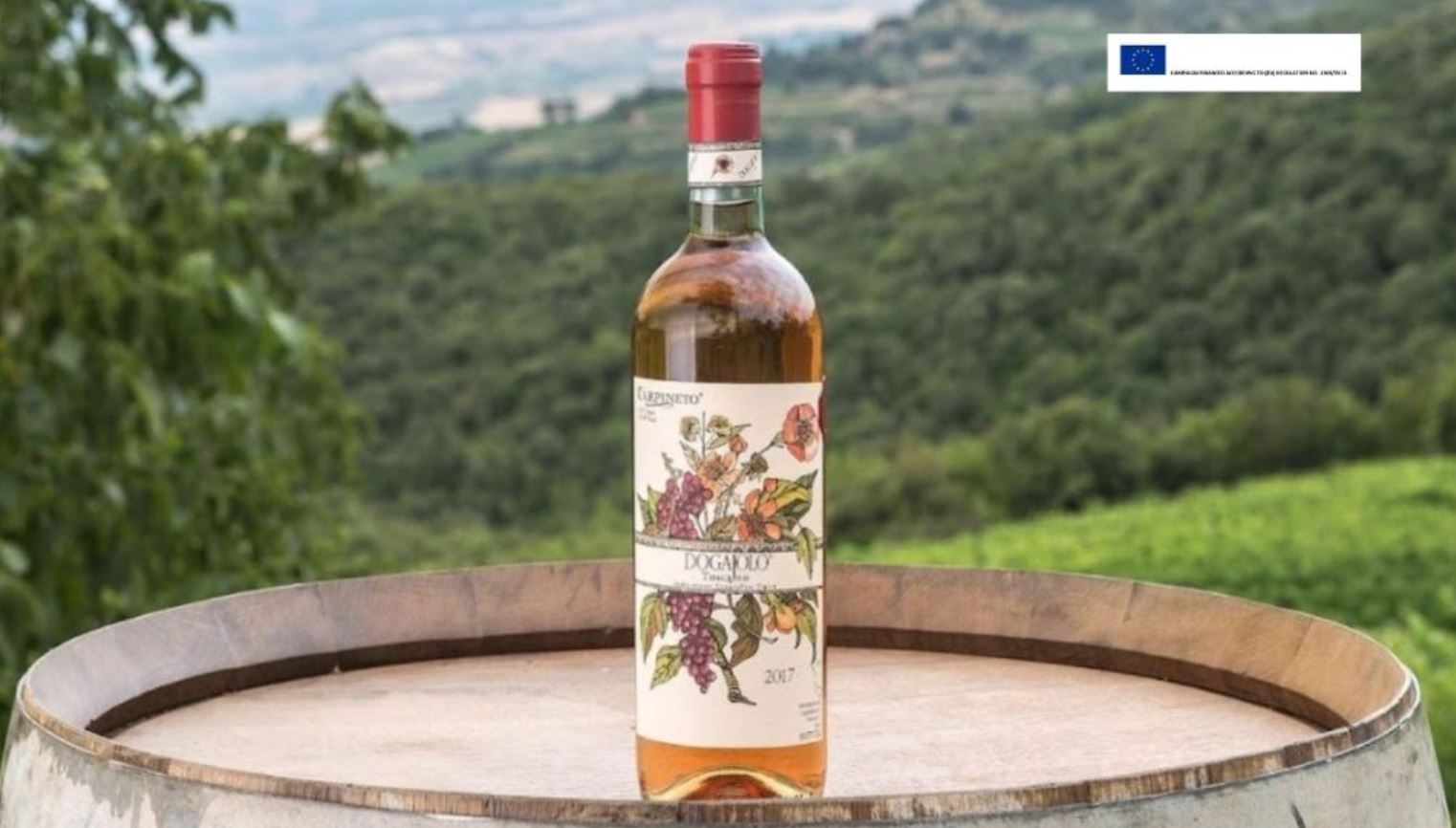Each wine begins with a fermentation process. Wine must is obtained from crushing the grapes and thanks to the selected yeasts, it later becomes wine through a transformation of sugars into alcohol and carbon dioxide.
The process is defined as alcoholic fermentation. There are however a series of further processes that occur during winemaking, one of which is malo-lactic fermentation. This is often the case in red wines, but lately has been successfully used in white wines as well. Each bunch of grapes contains a series of acids that contribute to defining the taste, intensity and persistence of the final product. Among these acids there is one that we call “malic” which is characterized by sour, strong and pungent scents.
The process is defined as alcoholic fermentation. There are however a series of further processes that occur during winemaking, one of which is malo-lactic fermentation. This is often the case in red wines, but lately has been successfully used in white wines as well. Each bunch of grapes contains a series of acids that contribute to defining the taste, intensity and persistence of the final product. Among these acids there is one that we call “malic” which is characterized by sour, strong and pungent scents.
The malo-lactic fermentation, just as the name suggests, is a result of the process where malic acid is transformed into lactic acid becoming less acrid, during the processing phase in the cellar. The second fermentation is started with lactic bacteria that are naturally present in the must, reactivated by a series of bacterial strains which the winemaker adds according to the quantities needed, based on method. The lactic bacteria present in the must is dormant. The oenologist awakens these dormant bacteria thanks to the previous intervention of bacterial strains.
This allows for the beginning of the second fermentation process. Not all wines can be subjected to such a process. Technical conditions are necessary in order for this process to be able to take place. The ph of the wine must not be too low (wines must not be excessively acidc); the percentage of ethyl alcohol must be less than 15 percent; room temperature must not exceed 64°F to 68°F. The result of this process is a full-bodied wine with greater balance and persistence, characterized by fine and elegant aromas. Tertiary aromas are also quite prominent with hints of vanilla, spices, leather, coffee and smokiness.
Now it's time to try it for yourself. Go ahead and choose a wine.
Now it's time to try it for yourself. Go ahead and choose a wine.





